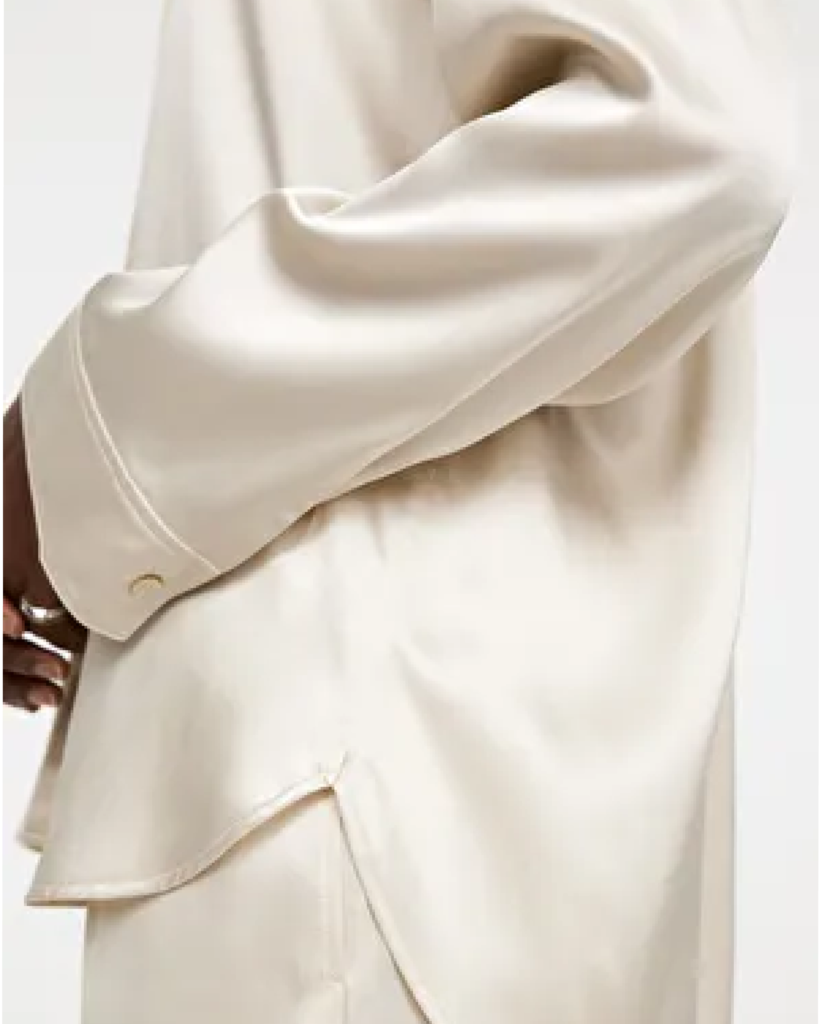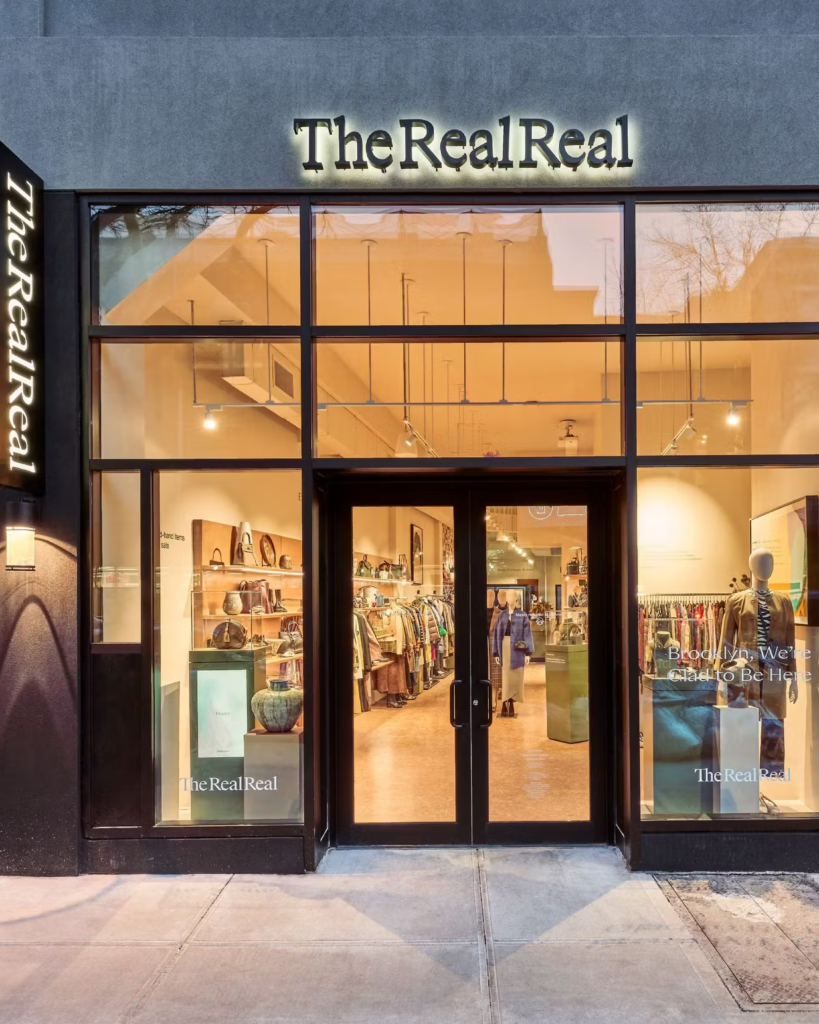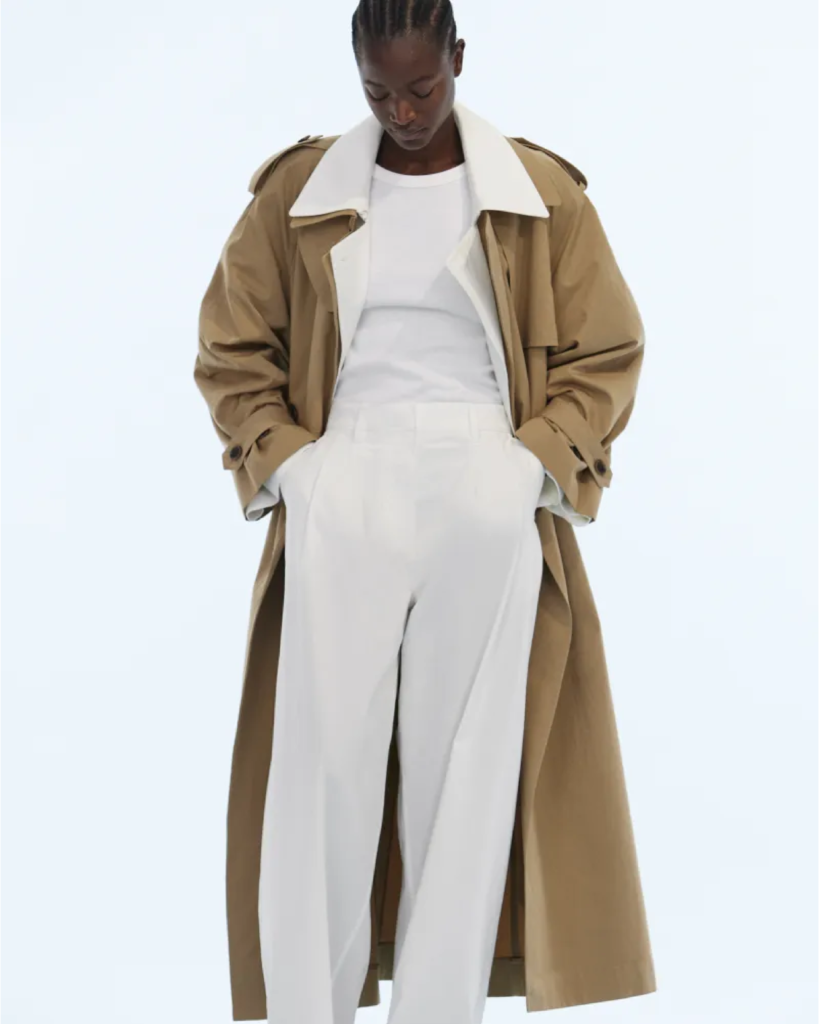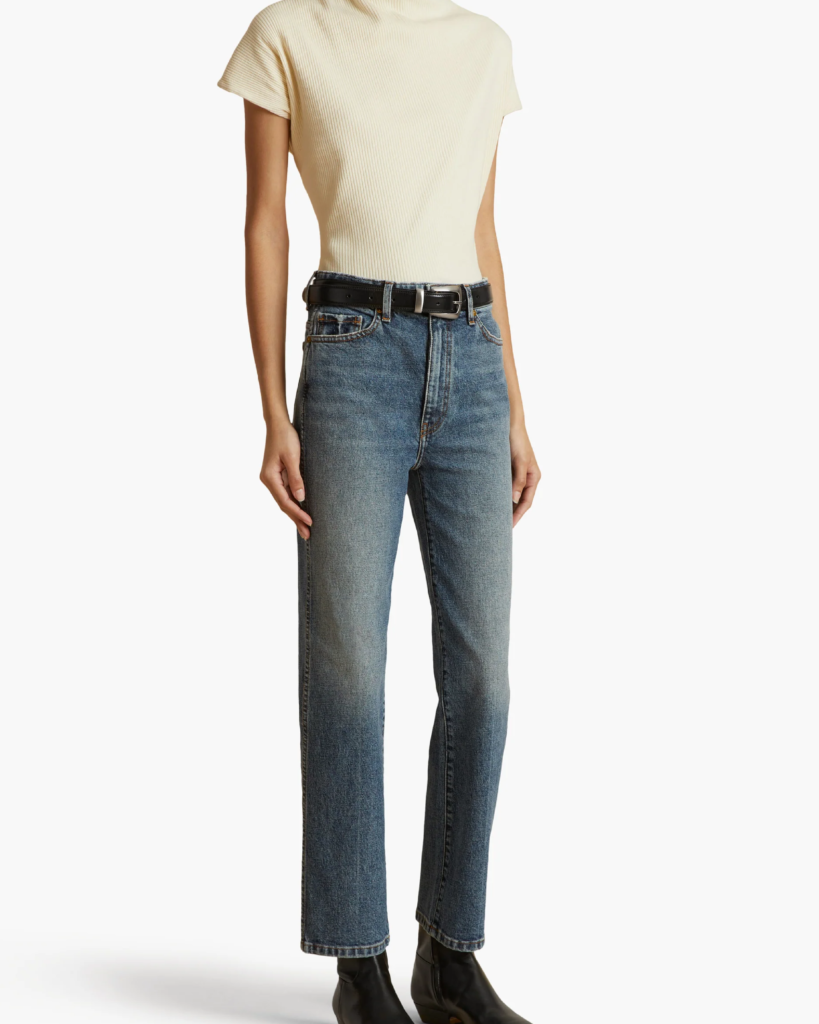A New Era of Fashion
There was a time when “sustainable fashion” conjured up visions of stiff hemp tunics, muddy color palettes, and styles that whispered more virtue than vibe. But the tide has turned—and dramatically.
Today, sustainability isn’t an afterthought. It’s a selling point. A design pillar. And increasingly, it’s where fashion’s most innovative creators are setting their sights. From the runways of Paris to the backrooms of experimental studios in Copenhagen, a new generation of designers is proving that conscious craftsmanship and couture-level style are not mutually exclusive—they’re a match made in fabric heaven.
This is about a full-system shift. One where luxury houses are rethinking legacy practices, materials are being reimagined, and consumers are demanding more from their wardrobes than just aesthetics.

The Eco Evolution of Heritage Houses
When it comes to sustainability, the conversation often focuses on startups and indie designers pushing the envelope. But legacy houses are beginning to shed their old skins—and some of the most iconic names in luxury are leading the shift from within. No longer content with performative gestures, these brands are reimagining their values, materials, and manufacturing processes to meet the moment. Because for a house to remain relevant in the next era of fashion, sustainability isn’t a sidebar. It’s the storyline.
Stella McCartney: The Original Eco It-Girl
Stella’s been shouting about sustainability since before the world was listening. No leather, no fur, and now—no compromise. Her S/S 2024 collection featured regenerated cashmere, plant-based leather alternatives, and mushroom-derived mycelium fabric. With partnerships like Bolt Threads, she’s making fungal fashion a full-on luxury moment.
Gucci’s Equilibrium
Gucci launched Equilibrium as a digital platform and internal sustainability commitment. Under the Kering umbrella, the house has pioneered carbon-neutral initiatives, circular textile programs, and upcycling capsule collections. Their Off the Grid collection featured Econyl (regenerated nylon) and made high fashion feel responsibly forward.
Chloé’s B Corp Certification
In 2021, Chloé became the first luxury fashion house to receive B Corp status. Under Gabriela Hearst’s creative direction, the brand leans into recycled wool, low-impact dyes, and conscious craftsmanship—while still giving us those deliciously romantic silhouettes and gauzy goddess energy.
Disruptors on the Rise
While legacy houses shift slowly, the new guard is moving fast—and intentionally. These are the visionaries who aren’t asking for permission to reinvent fashion’s future. From London to Amsterdam to Stockholm, a new wave of designers is using sustainability not as a limit, but as a launchpad for innovation, artistry, and radical transparency.
They don’t just talk about ethics—they build entire ecosystems around them. They experiment, they disrupt, and they design with both conscience and edge. These aren’t just labels. They’re movements stitched into every seam.
Let’s meet the designers turning sustainability into a style statement with staying power.
Marine Serre
Known for her crescent-moon motif and apocalyptic elegance, Marine Serre incorporates upcycled materials into a whopping 45% of her collections. Think: repurposed bed linens turned into tailored gowns. It’s dystopian chic meets radical responsibility.
BITE Studios
This Scandinavian collective (short for By Independent Thinkers for Environmental progress) is redefining minimalist elegance with GOTS-certified organic cotton, traceable wool, and small-batch drops that scream restraint—in the best way.
Róhe Frames
Based in Amsterdam, Róhe is emerging as one of the most exciting players in the elevated sustainable space. With a design aesthetic that feels architectural and quiet-luxury, their garments are made with certified materials, limited production, and a philosophy that centers on longevity over novelty.
Phoebe English
London-based and unapologetically circular. Phoebe English doesn’t just use deadstock—she builds entire design systems around local sourcing and waste-free production. Her collections feel like slow poetry in motion: honest, raw, and hauntingly beautiful.
The Dark Side of “Green”
In fashion, every buzzword eventually becomes a branding tool—and “sustainability” is no exception. What once stood for ethical integrity, environmental mindfulness, and material innovation has, in many corners of the industry, been reduced to a marketing checkbox.
Greenwashing—when brands make vague or misleading environmental claims—has become not only common, but insidious. Many fast fashion retailers now release “conscious” or “eco” collections without clear metrics, transparency, or third-party certifications to back them up. It’s the fashion equivalent of putting a leaf emoji on a plastic bag and calling it progress.
Case in Point: H&M’s Conscious Collection
Once applauded for its sustainability pivot, H&M’s “Conscious” line came under fire when a 2022 investigation by the Changing Markets Foundation revealed that many items marketed as environmentally friendly were no better—or sometimes worse—than their conventional counterparts. The brand used sustainability indexes that were later proven to be misleading, causing a ripple effect of distrust in the fast fashion space.
The Shein Situation
Shein’s attempt at launching an “eco” capsule collection while producing upwards of 10,000 new styles per day is, frankly, fashion satire. It’s the ultimate contradiction: claiming sustainability while operating at breakneck, throwaway pace. Even their “recycling” initiatives often obscure the reality that the vast majority of their garments are made from virgin synthetic materials, shipped globally, and destined for landfills within months.
The Problem with Vague Language
Terms like “sustainable,” “green,” or “eco-conscious” are largely unregulated in fashion. Unless a brand provides specifics—like the exact material makeup, lifecycle analysis, or factory data—they’re essentially saying nothing. It’s fashion fluff wrapped in recycled paper.
What True Transparency Looks Like
The industry is hungry for brands who don’t just say they’re sustainable—they show it.
- Another Tomorrow provides QR codes on every garment that track the entire supply chain.
- Eileen Fisher publishes yearly impact reports, detailing water savings, emissions reductions, and circular programs.
- Mara Hoffman lists full material breakdowns and design intent, explaining why a piece was made the way it was.
As consumers grow more discerning, accountability isn’t optional—it’s the new luxury.
Because Wearing Your Values Should Still Look Incredible
Let’s dismantle the false binary: sustainable fashion does not mean sacrificing elegance. If anything, the conscious creators redefining the fashion landscape are proving that restraint, storytelling, and quality create more aesthetic impact—not less.
Here’s how style and sustainability are finally holding hands in ways that feel modern, wearable, and wildly chic.
1. Design for Longevity, Not the Algorithm

Capsule wardrobes are more than a minimalist trend—they’re a mindset. Brands like Totême and ARKET build collections around timelessness: clean lines, neutral palettes, and strong silhouettes that transcend trends.
Pro tip: Look for trans-seasonal pieces—garments that work across climates and occasions, like an oversized trench or a silk button-down that can be worn five ways.
2. Circular is the New Cool
Luxury resale is booming—and for good reason. It allows fashion to exist beyond its first life while preserving the thrill of discovery.

- The RealReal, Vestiaire Collective, and HEWI are platforms where Chanel blazers, Hermès scarves, and rare Jacquemus pieces find their next home.
- Bonus: You’re extending the garment’s lifecycle and accessing iconic pieces in a more accessible (and eco-minded) way.
Even brands themselves are embracing resale:
- Gucci partnered with The RealReal to curate secondhand capsules.
- Eileen Fisher runs “Renew,” a takeback program where old garments are repaired, re-dyed, and re-sold—often more beautiful than the original.
3. Investment Dressing is In

Sustainability doesn’t mean owning less—it means owning intentionally. A well-constructed blazer in deadstock wool. A pair of ethically made Italian leather boots. A vintage Dior trench that still commands a room. These pieces don’t whisper—they last.
4. Conscious Shopping, Not Constant Shopping

You don’t have to go full monk-mode to be a mindful consumer. But start asking:
- Will I wear this in five years?
- Do I know how it was made?
- Can I style it three ways?
Slow style isn’t about deprivation. It’s about discernment. And ultimately, pleasure—the deep kind that comes from knowing you didn’t just buy something beautiful, but something that matters.
Sustainability is the New Seduction
Let’s be clear: sustainability isn’t just a trend—it’s the future of fashion. And not the beige, boring kind. The kind that dares to innovate. That values craft over churn. That looks as good on the outside as it feels on the conscience.
In a world of overproduction, the real flex is intention. Style, now more than ever, is about what you choose not to consume. And the next wave of luxury? It’s not just slow—it’s smart, sensual, and built to last.
Sustainability and style aren’t at odds—they’re finally in alignment. And this is the era we’ve been waiting to wear.